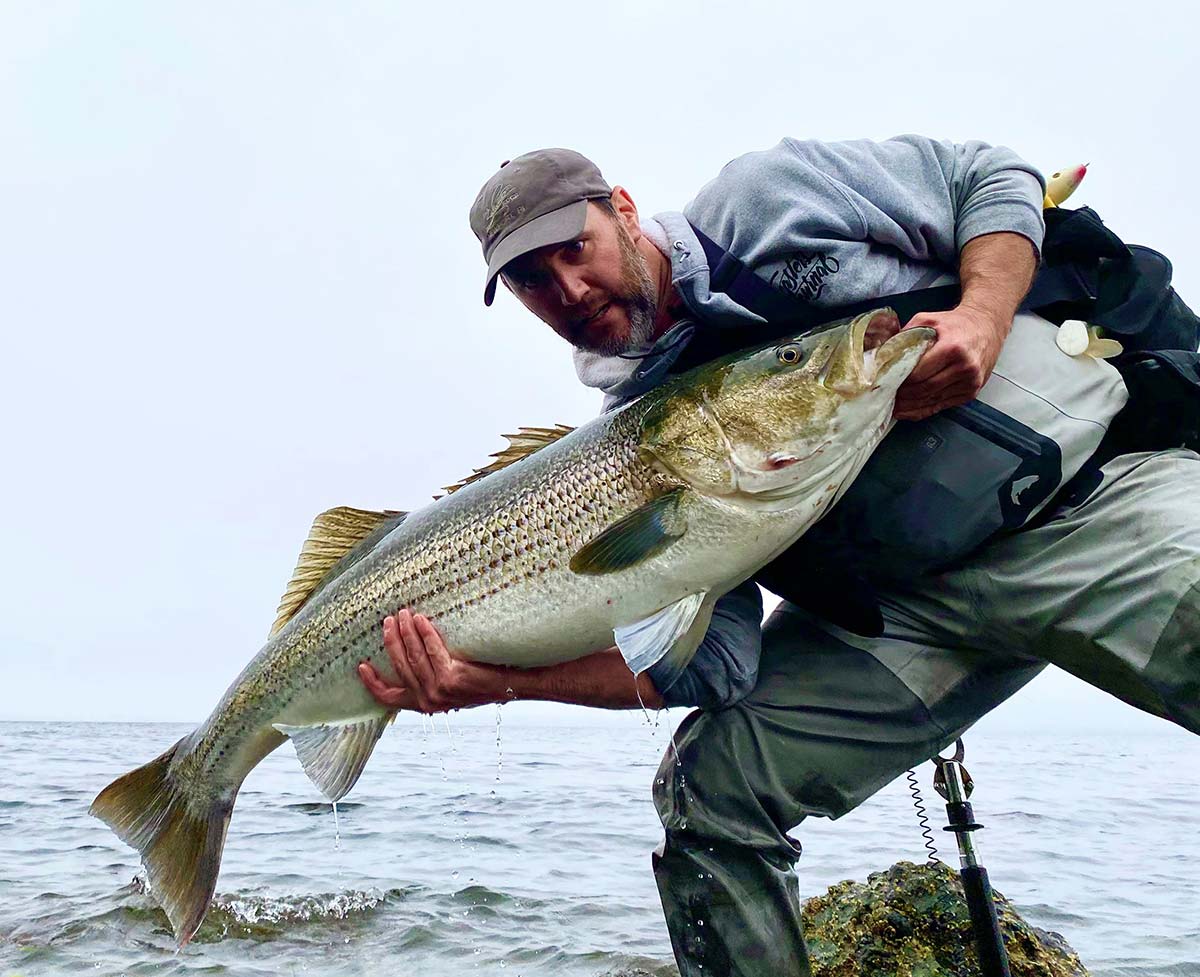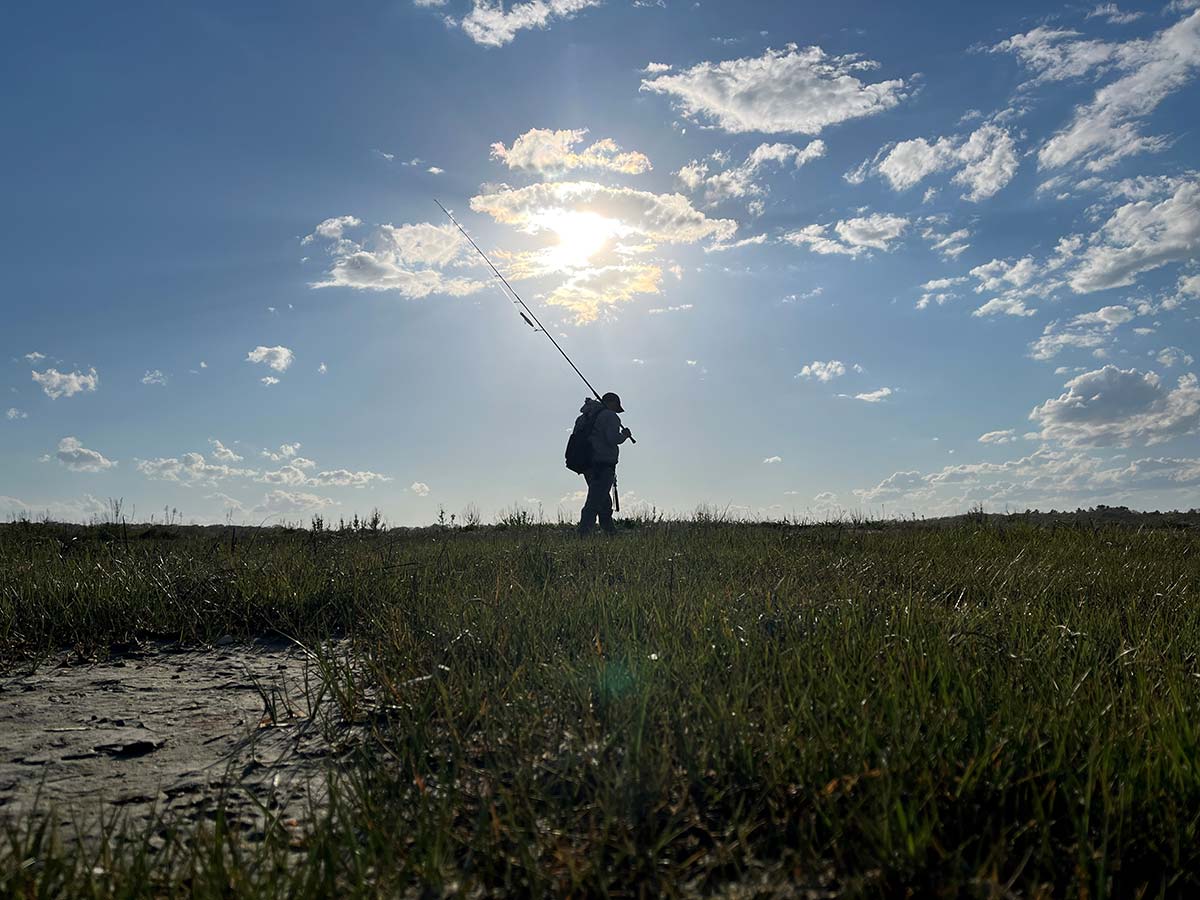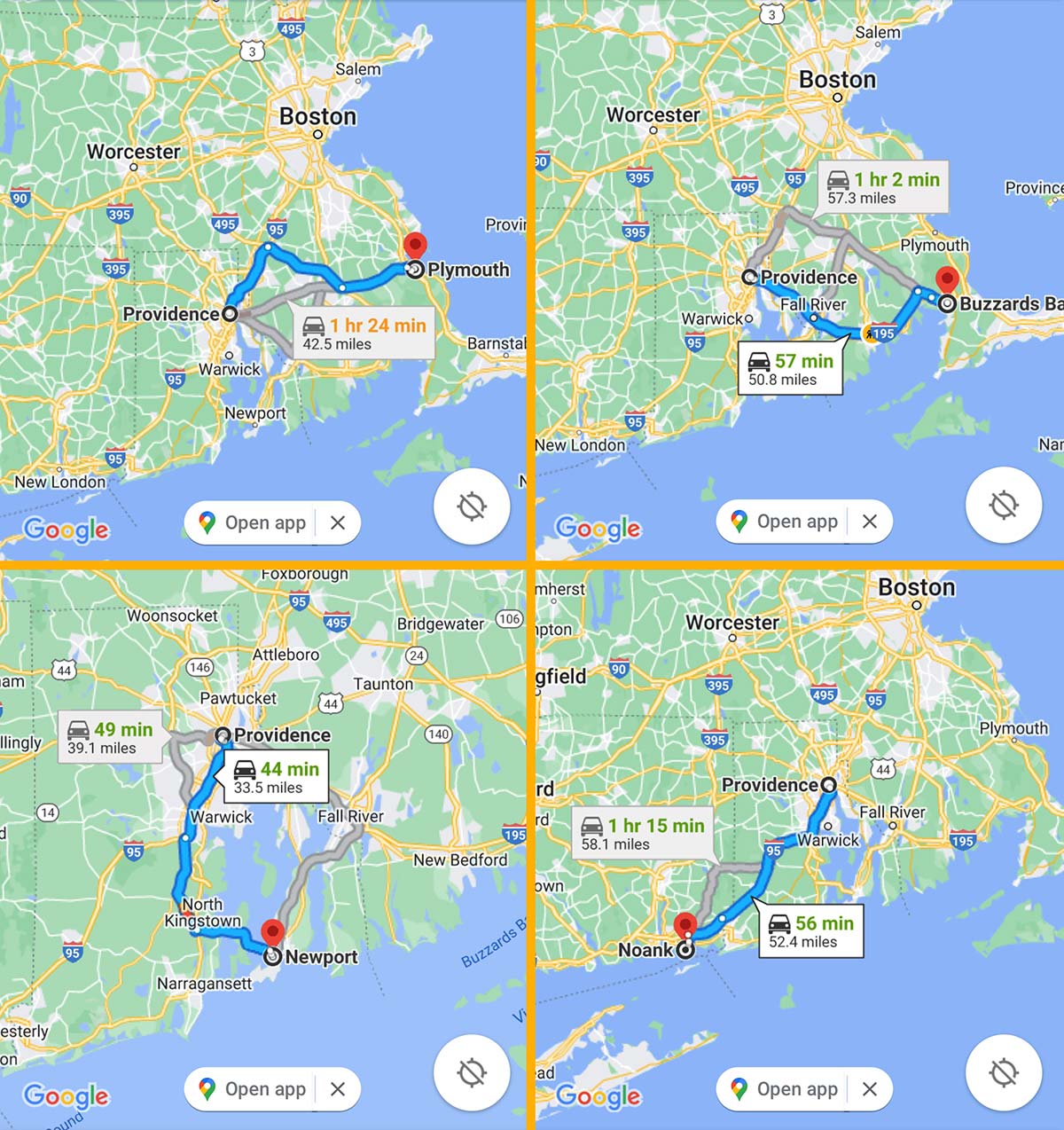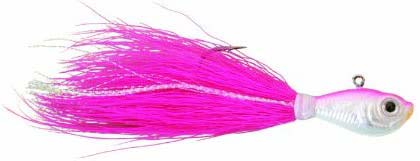
How will rising gas prices affect your fishing this season?
Let’s extract politics from the situation and just work with one actual fact: gas prices are going to be higher than they have been for a long time this year and that’s going to have an effect on your fishing. There has been a lot of speculation about what this will mean for anglers, but most of the writing on this subject has been focused on boating and charter fishing.
Surfcasters, especially the most recent generation, are known for their willingness to travel in pursuit of striped bass, albies, big bluefish—among other species. This is just part of the surfcasting lifestyle, it’s an endless quest to satisfy an unquenchable thirst for a land-based, fish-fueled adrenalin rush.
But like it or not, $4 or even $5 gas is going to force many of us to ‘curb our enthusiasm’. There are not many people on this planet who have a stronger understanding of the psychiatric profile of the surfcaster than I do, and I know that adversity will only fan the flames of fanaticism. The obsessed surfcaster cannot be caged, and when faced with the challenge of not being able to go where he or she usually goes, the mind will kick into ‘safe mode’ and find a way to get its fix.

Ignore The Hype Machine
The first step in resisting the magnetic pull of the highways that lead to Sandy Hook or Montauk or the Cape Cod Canal is to turn a blind eye to the hype machine, aka, social media. It’s not going to be easy, but too many of us have grown accustomed to reading hashtags and scouring backgrounds for clues when we see a big fish posted on Instagram and doing this proves that you’re already making blind fishing decisions. Look at the fuel hike as a reason to turn away from the hype, and instead as a vehicle for you to achieve a new level of surfcasting knowhow. And besides, even the most irresponsible posters have smartened up to the point that they delay their posts until the bite is over. So, even if you are able to match that water tower on the opposite shoreline to a spot you know, chances are you’ll be too late anyway.
Now that your mind has been adjusted, let’s take a practical approach. Grab a map or open up the navigation app on your phone and find your shortest few routes to the ocean. Once you have determined that, take a little time to identify a few likely spots and then you’ll have to burn a little gas to scout them in person. The hardest part is always parking so keep an eye out for conservation land parking lots, municipal lots and pull-offs that others have used. Don’t be discouraged if your scouted locations don’t look like the prototypical surfcasting hotspots of lore; I guarantee you that there are some spots in the area that hold fish.
The game plan is going to have to be to focus on just a few spots, maybe two, no more than five. But, ask any of your surfcasting heroes and they will tell you that focusing on just a few spots has been one of the biggest keys to their success. Give yourself some diversity in the locations that you choose; maybe a sand beach with good soft structure, an inlet flanked by jetties and the mouth of a major harbor. Or a couple shallow boulder fields, a rocky point and a stretch with deep ledges. Or some other configuration that you come up with on your own. The purpose of the diversity is to give you options when things are slow and to keep you from getting burnt out and filling tank for some easy fishing.

Free Association
One of the things that I feel has made it easier for me to break down a new location on the fly is what boils down to cross-referencing. I look at a stretch of unknown shoreline and I try to draw inferences by looking for structure, water movement or shoreline geography that looks similar to other spots that I know well. This makes an unfamiliar place feel familiar. We’re all fishing for the same fish, the bass I catch in Massachusetts may have been swimming by Raritan Bay and Shinnecock Inlet a few weeks earlier. It’s only logical to think that they will relate to similar structure and water movement no matter where their migration takes them. This also takes a huge area and cuts it down into manageable chunks. It doesn’t mean that I’m always right, but if I identify five likely spots, odds are in my favor that at least one of them will hold fish.
It’s also important to keep an open mind with regard to the scale of the spot. Charlestown Breachway in Rhode Island is just a miniature version of Moriches Inlet on Long Island, but they both have a long history of producing great catches of stripers. This concept will work across all terrain types. If your favorite place to fish is the south side of Block Island, look around your local rocky shorelines, you’re going to find places with similar configurations to at least some of your favorite spots on Block. The same can be said for the sand beaches, if you can hunt down similar soft structure configurations at home to what you were fishing when you fished the Jersey Shore surf last fall, odds are high that the fish will relate to those too, just like they did on your road trip.
Over a decade ago I stumbled into a spot that is set up a lot like a mini Montauk. There’s no lighthouse or lot lined with buggies, but it’s a point where hard currents scour a shallow rocky hump before pouring into deep water where rips form offshore. Almost no one fishes this spot, because it doesn’t have a famous name, but it has produced untold numbers of striped bass for me and the handful of guys that I fish with – including some very large ones. It only took a little creativity and a willingness to scale a huge spot down to about 1/100th its size for the lightbulb to glow—and now I can go there whenever the conditions tell me I should.

Distance Learning
I know that your trips to these surfcasting destinations feel like a vacation. And I also know that there is nothing that compares to a dedicated fishing getaway. When you’re on an island or even just at the end of a four hour drive and your sole reason for being there is to fish, you can’t be drawn out by chores or work or your niece’s dance recital. If you choose to follow my lead, you’re just going to have to look at this for the advantages provided by having these places to fish whenever you want for a season or a lifetime – no pre-planning required. You’re going to learn a lot more about the spots you pick and you’re going to come away from this exercise as a much better angler.
| SHIFT WORK |

Depending on where you live, surfcasters with a jones for the call of the surf may have to shift gears as the heat of the summer intensifies. When striped bass move deep to escape the summer heat, a great way to extinguish those urges to make a long run to greener grass is to break out the 7-foot rod and some light bucktails bucktails and hit the beaches and inlets in the daytime for some fluking. You’ll be surprised by how many keeper fluke can be found right off the beach lip or bouncing jigs through a local inlet. |
You’re also going to gain real experience that will help you draw conclusions about the next three spots you add to the roster in the near future. You’ll begin to form hypotheses about why Spot A fishes better then Spot B after July 1. You might recognize, for example, that the all that deep water three casts off the beach from Spot A is forced up and over a hump on the incoming tide, introducing six hours of cooler water to this inshore striper haven, which might also be the reason it doesn’t fish as well in the springtime. Or that the one reef in this otherwise deep basin kicks up a wicked surf with a honking southwest where you can pencil fish into the 30-pound range, but only on that wind. If this were your fishing vacation, you could never have enough time to pattern these things out.
There are other advantages too, just think about the relief of not feeling the pressure of the hype machine and not feeling like you have to travel to satisfy your surfcasting addiction. Think about the satisfaction you’ll feel when you figure these places out. And think about the experience of fishing in relative solitude. Anyone can go to those famous spots and catch fish, but those fish aren’t really your fish – they came at the hands of the people who spelled it all out, the timing, the spots, the tides and winds. With a little time and effort, you can be the keeper of those secrets for your own local spots and I’ll bet you’ll be surprised at how awesome the fishing can be, at the end of the shortest drive from your house.
And you’ll be saving money on gas every year from here on out.





